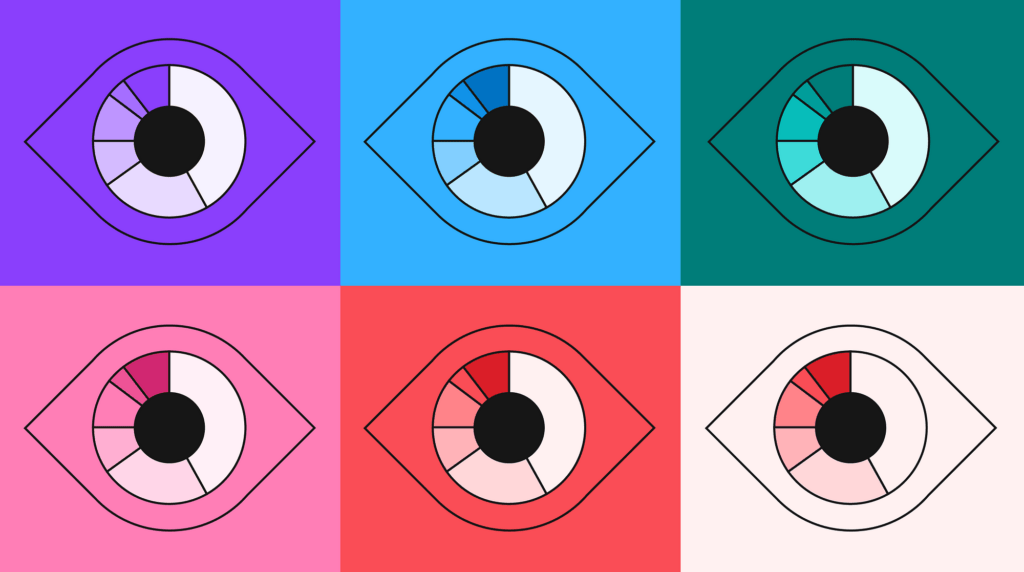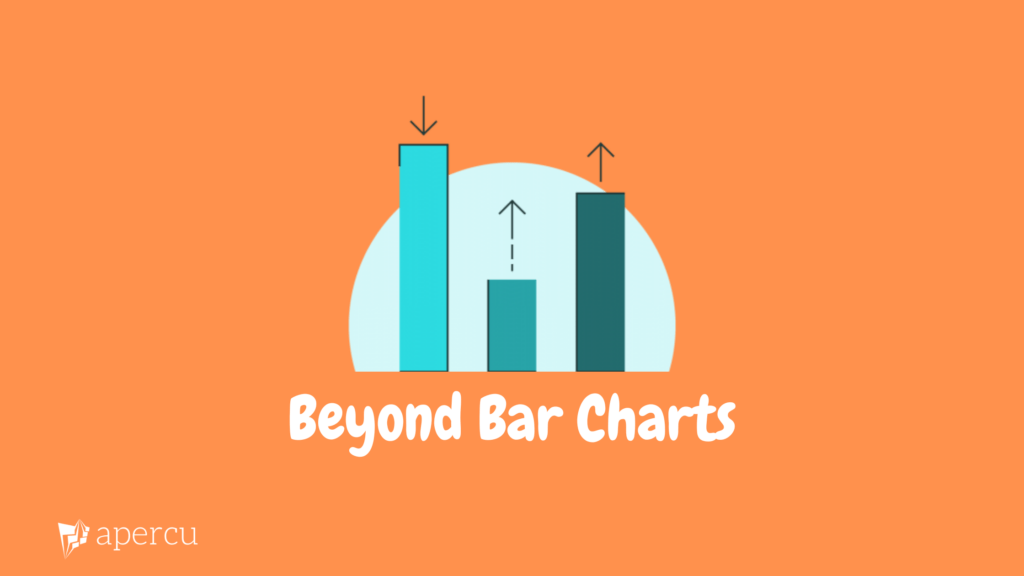Data visualization is easy to do and easy to fail at. A dashboard can have all the fancy charts but still fails to provide relevant insights and add value. This can be a big challenge for businesses that are now investing in business intelligence tools (BI) and need quick wins to justify further investments.
Here are four steps we use at Apercu to ensure that we design effective dashboards.
1. Identify your users
Firstly, we begin by identifying the users who will be accessing the dashboard. This step helps us understand their specific needs, the metrics they care about, and the context in which they will be using the dashboard, whether it’s on a PC, mobile device, or web platform.
2. Preparing the Data
Metrics are not the same as data. Businesses usually keep data on operational activities such as sales, expenditure, inventory, etc. The kind of metrics that need to be tracked about these activities may not be readily available in the data. Therefore, data may have to be transformed into the metrics that the user cares about. As an example, the average daily sales can be obtained by computing the average of the sales obtained over a period. In some situations, more advanced preparation is needed to transform data into metrics. These may include removing duplicates, standardizing spellings and capitalization, converting data types etc.
3. Determine which chart to use and the amount of detail you want to provide with the chart.
Using the information from the first step, you can now decide which charts to use and how they will be used. As an example, scatter plots are ideal for showing the relationship between variables and help the user to quickly detect trends. For a given data point, its location in a scatter plot informs the user of the value of that point along both axes. We can add more insights by using colour to represent a third variable, such as time or category. This allows us to see if there are general patterns or trends in the data.
Alternatively, a bar chart can be used to compare data across different categories. The height of the bars will represent the values of the data, and the colour will distinguish between different categories.
4. Design & Polish
Finally, we focus on designing and polishing the visualization. Typography, layout, and colour theory can make our dashboards more informative and appealing. We use typography to highlight the most crucial information and use colour to emphasize the key message. Additionally, we use layouts to guide the viewer’s eye to the most critical parts of the visualization, emphasizing balance and order, or asymmetry to create tension and draw attention to specific data points. Finally, we use relevant icons and images to create a pleasing and memorable visualization.
Effective data visualization is an art and a science. We need to choose the right type of visualization, preprocess the data to make it easy to compare and understand, and design the visualization in a way that communicates the insights effectively.
Are you interested in cleaning and transforming data? Check out our post on Tidy Data and our Data Cleaning Checklist




